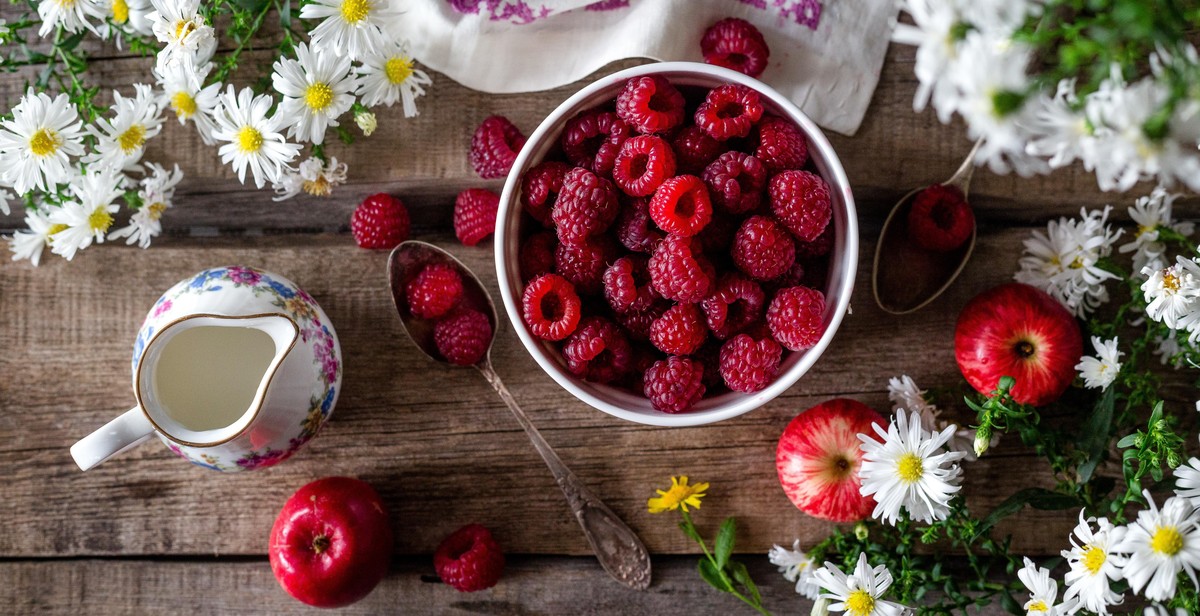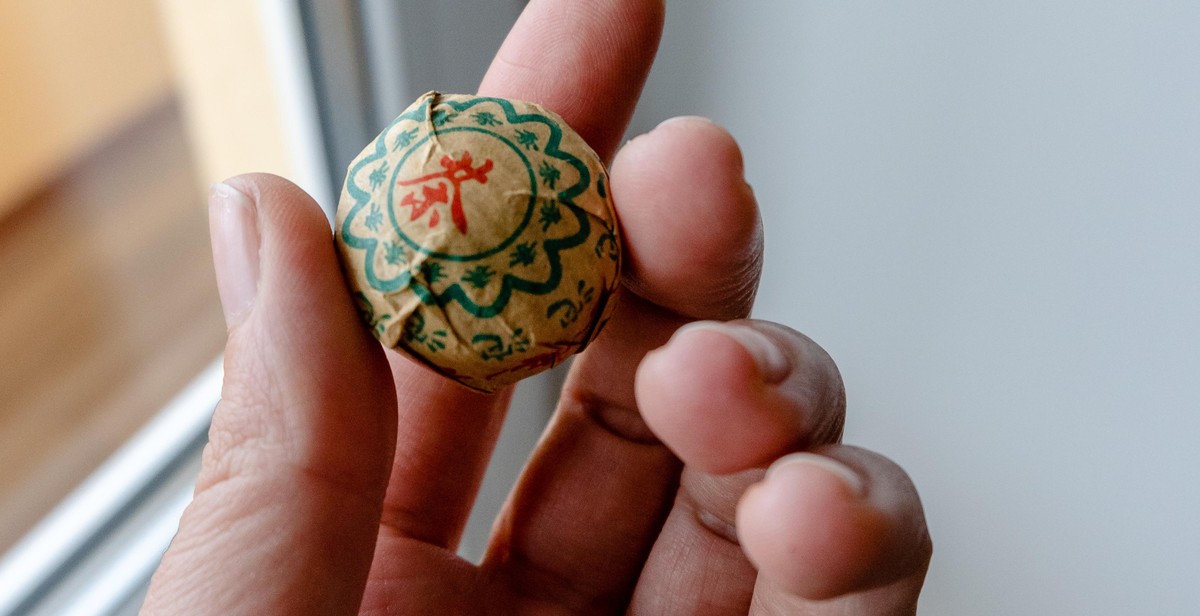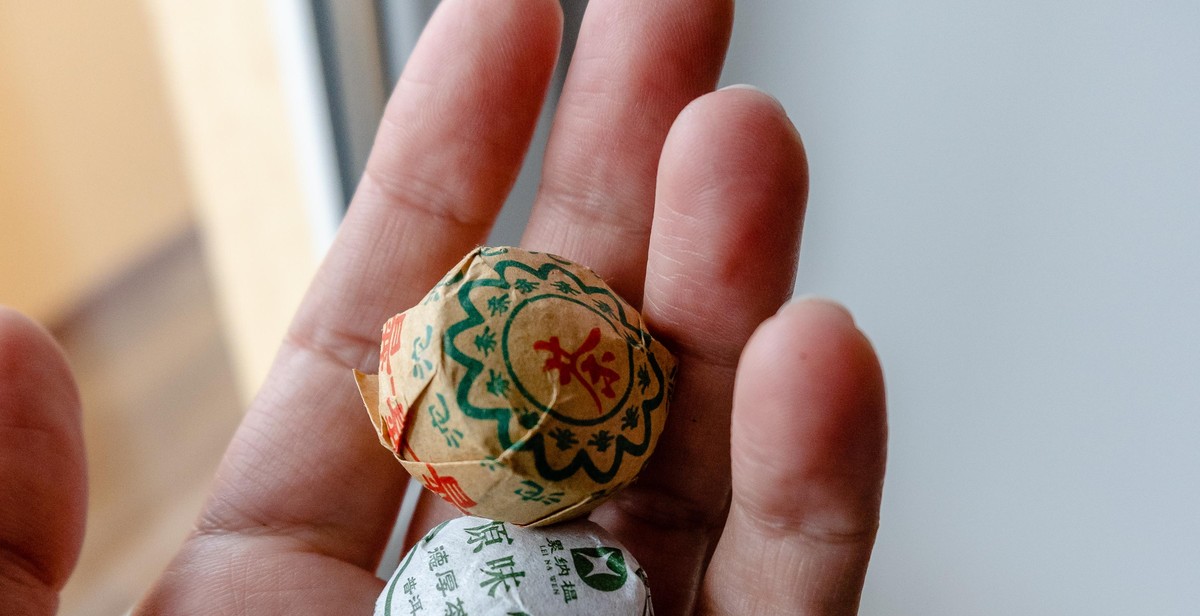Introduction: Understanding Pu-erh Tea
Pu-erh tea is a type of fermented tea that is highly valued for its rich flavor and numerous health benefits. It is made from the leaves of the Camellia sinensis plant, which is native to China. Pu-erh tea is unique in that it undergoes a fermentation process that gives it its distinct flavor profile.
What is Pu-erh Tea?
Pu-erh tea is a type of tea that is fermented and aged for several years, resulting in a complex flavor profile that is highly sought after by tea connoisseurs. The tea is made from the leaves of the Camellia sinensis plant, which are harvested and processed in a specific way to create the unique flavor and aroma of pu-erh tea.
There are two types of pu-erh tea: sheng (raw) and shou (ripe). Sheng pu-erh is made from leaves that are sun-dried and then aged naturally over time. Shou pu-erh, on the other hand, is made using a special fermentation process that speeds up the aging process and results in a tea that is darker in color and has a stronger flavor profile.
Why Appreciate and Identify Different Types of Pu-erh Tea?
Appreciating and identifying different types of pu-erh tea is important for anyone who is interested in experiencing the unique flavor and aroma of this special type of tea. Knowing the differences between sheng and shou pu-erh, as well as the different grades and ages of the tea, can help you choose the right pu-erh tea for your taste preferences.
In addition, pu-erh tea is known for its numerous health benefits, including aiding in digestion, reducing cholesterol levels, and promoting weight loss. By understanding the different types of pu-erh tea and their unique properties, you can choose the right tea to help you achieve your health goals.

Types of Pu-erh Tea
Pu-erh tea is a unique type of tea that is processed and aged in a specific way. There are four main types of Pu-erh tea, including raw, ripe, aged, and blended Pu-erh tea. Each type has its own unique characteristics and flavor profiles, making it a favorite among tea enthusiasts.
Raw Pu-erh Tea
Raw Pu-erh tea, also known as Sheng Pu-erh, is made from leaves that have been picked from large-leafed tea trees and then processed using traditional methods. The leaves are sun-dried and then pan-fried to stop the oxidation process. The tea is then compressed into cakes or bricks and aged for several years. Raw Pu-erh tea has a fresh, floral flavor that becomes more complex and nuanced as it ages.
Ripe Pu-erh Tea
Ripe Pu-erh tea, also known as Shou Pu-erh, is made from leaves that have been picked from large-leafed tea trees and then processed using a special fermentation process. The leaves are piled up and left to ferment for several months, which gives the tea its unique earthy flavor. Ripe Pu-erh tea is dark and rich, with a smooth, mellow flavor that is often compared to aged wine.
Aged Pu-erh Tea
Aged Pu-erh tea, as the name suggests, is Pu-erh tea that has been aged for a long time. The aging process can take several years or even decades, and during this time, the tea undergoes a natural fermentation process that gives it a unique flavor and aroma. Aged Pu-erh tea is highly prized by tea enthusiasts due to its complex flavor profile and smooth, mellow taste.
Blended Pu-erh Tea
Blended Pu-erh tea is a combination of different types of Pu-erh tea, such as raw and ripe Pu-erh tea. Blended Pu-erh tea is often created by tea masters who want to create a unique flavor profile that cannot be achieved by using a single type of Pu-erh tea. Blended Pu-erh tea can be highly complex, with layers of flavor that evolve over time.
| Type | Processing Method | Flavor Profile |
|---|---|---|
| Raw Pu-erh Tea | Sun-dried and pan-fried, then aged | Fresh, floral, complex |
| Ripe Pu-erh Tea | Fermented, then aged | Earthy, smooth, mellow |
| Aged Pu-erh Tea | Aged for several years or decades | Complex, mellow, highly prized |
| Blended Pu-erh Tea | Combination of different types of Pu-erh tea | Highly complex, layered |

Appreciating Pu-erh Tea
Pu-erh tea is known for its complex flavor profile and unique characteristics that make it stand out from other types of tea. To fully appreciate Pu-erh tea, it’s important to pay attention to its appearance, aroma, taste, mouthfeel, and infusion.
Appearance
The appearance of Pu-erh tea can vary depending on the type and processing method. However, most Pu-erh teas have a dark, rich color and a distinct earthy aroma. The leaves are typically tightly packed and compressed into various shapes, such as cakes, bricks, or tuochas. When selecting Pu-erh tea, look for leaves that are uniform in size and color.
Aroma
The aroma of Pu-erh tea is often described as earthy, musty, and slightly sweet. Some Pu-erh teas may also have a hint of smokiness or a floral aroma. The aroma can vary depending on the age and processing method of the tea. To fully appreciate the aroma of Pu-erh tea, take a deep breath before taking a sip.
Taste
The taste of Pu-erh tea is complex and can be described as earthy, woody, and slightly bitter. Some Pu-erh teas may also have a sweet or floral taste. The taste can vary depending on the age and processing method of the tea. To fully appreciate the taste of Pu-erh tea, take small sips and let the tea linger in your mouth.
Mouthfeel
The mouthfeel of Pu-erh tea can vary depending on the type and processing method. However, most Pu-erh teas have a smooth and slightly thick mouthfeel. Some Pu-erh teas may also have a slightly astringent or puckering effect on the tongue. To fully appreciate the mouthfeel of Pu-erh tea, take a small sip and let it coat your tongue.
Infusion
The infusion of Pu-erh tea can vary depending on the type and processing method. However, most Pu-erh teas have a deep, rich color and a slightly cloudy appearance. The tea may also have a slightly oily or slick texture. To fully appreciate the infusion of Pu-erh tea, observe the color and texture of the tea as it steeps.
Overall, appreciating Pu-erh tea requires attention to detail and an openness to experiencing its unique flavor profile and characteristics. By paying attention to the appearance, aroma, taste, mouthfeel, and infusion of Pu-erh tea, you can fully appreciate this complex and beloved tea.

Identifying Pu-erh Tea
Identifying Pu-erh tea can be challenging, especially for beginners. However, several factors can help you differentiate between different types of Pu-erh tea. These factors include the leaf shape and color, aroma, taste, and origin.
Leaf Shape and Color
The leaf shape and color of Pu-erh tea can vary depending on the region where it is grown. For instance, Pu-erh tea from Yunnan province in China has a broad and flat shape with a dark green color. On the other hand, Pu-erh tea from Myanmar has a thin and long shape with a light green color. Additionally, the color of Pu-erh tea can change depending on the processing method. For example, raw Pu-erh tea has a bright green color, while aged Pu-erh tea has a dark brown color.
Aroma
The aroma of Pu-erh tea is another factor that can help you identify it. Pu-erh tea has a unique earthy and musty smell, which is a result of the fermentation process. However, the aroma can vary depending on the type of Pu-erh tea. For instance, raw Pu-erh tea has a fresh and grassy aroma, while aged Pu-erh tea has a woody and earthy aroma.
Taste
The taste of Pu-erh tea is another factor that can help you identify it. Pu-erh tea has a bold and robust flavor with a slightly bitter taste. The bitterness is more pronounced in raw Pu-erh tea and fades away with aging. Aged Pu-erh tea has a smooth and mellow taste with a sweet aftertaste.
Origin
The origin of Pu-erh tea can also help you identify it. Pu-erh tea is mainly produced in Yunnan province in China, but it can also be found in Myanmar, Laos, and Vietnam. Each region has its unique flavor profile and aroma, making it easy to identify the origin of the tea.
| Factor | Description |
|---|---|
| Leaf Shape and Color | The shape and color of the tea leaves |
| Aroma | The smell of the tea |
| Taste | The flavor of the tea |
| Origin | The region where the tea is grown |
By considering these factors, you can easily identify different types of Pu-erh tea and appreciate their unique flavors and aromas.
Conclusion
Pu-erh tea is one of the most unique and complex teas in the world. Its rich history, distinct flavor profiles, and numerous health benefits make it a popular choice among tea enthusiasts. Whether you’re a seasoned tea drinker or a beginner, there’s a Pu-erh tea out there for you.
When it comes to appreciating and identifying different types of Pu-erh tea, it’s important to understand the basics. Start by familiarizing yourself with the different categories, such as raw and ripe Pu-erh. Then, pay attention to the tea’s appearance, aroma, and flavor. With time and practice, you’ll be able to differentiate between different varieties and appreciate the nuances of each.
Remember, the key to enjoying Pu-erh tea is to take your time and savor each sip. Whether you’re brewing a cup for yourself or sharing it with friends, take the time to appreciate the complexity and beauty of this unique tea.
Final Thoughts
As you explore the world of Pu-erh tea, don’t be afraid to experiment and try new things. Whether you prefer a bold, earthy flavor or a delicate, floral taste, there’s a Pu-erh tea out there for you. With its rich history, unique flavor profiles, and numerous health benefits, Pu-erh tea is truly a treasure worth discovering.
- Remember to store your Pu-erh tea properly to maintain its flavor and aroma.
- Try different brewing methods to find the one that works best for you.
- Consider pairing your Pu-erh tea with food to enhance the flavor experience.
With these tips and a little bit of practice, you’ll be well on your way to becoming a Pu-erh tea connoisseur. So, sit back, relax, and enjoy the journey!
